5 Ways to Fix a Stuck Pixel on Your Screen
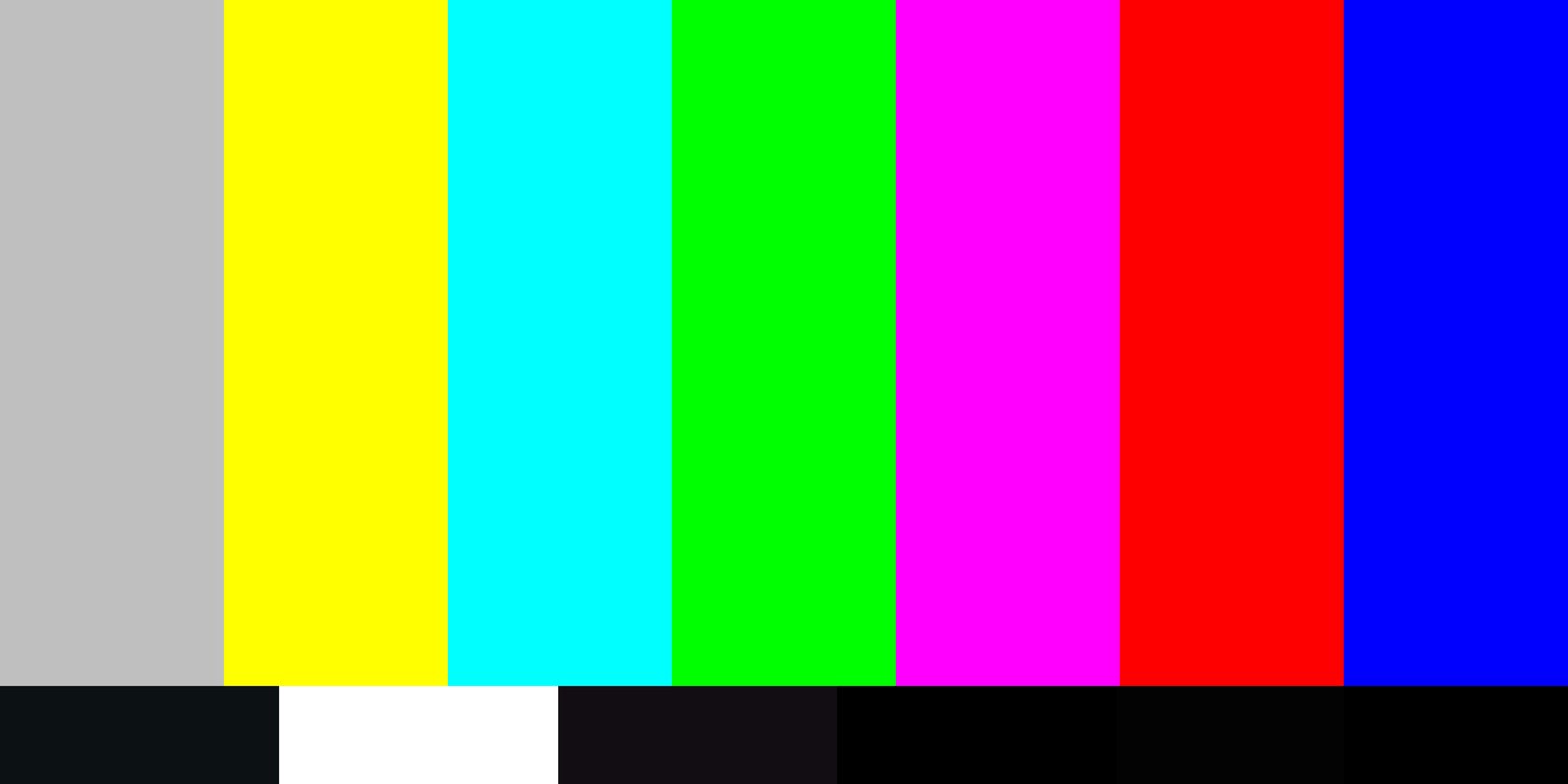
A dead or stuck pixel on a TFT, OLED, or LCD screen is incredibly annoying. You can’t help but stare at it for days on end, wondering how long a repair or exchange might take. All that grieve over something as unimportant, yet highly irritating as a “dead” pixel that might be easy to fix.
Before you run the item back to the store though, try whether you can fix the dead pixel yourself! This, if done carefully, will not hamper your warranty and might save you a lot of time and worries. So let’s see how you can possibly fix that dead pixel your screen.
Test New Screens for Stuck or Dead Pixels
Yes, you should test any new LCD, OLED, or TFT screen for dead or stuck pixels. You can simply run your monitor through a palette of basic colors, as well as black and white in full-screen mode. We’ll show you tools to do that below.
Is It a Stuck or Dead Pixel?
So what if you spot an odd pixel? Is what you’re seeing just a stuck pixel or is it, in fact, a dead pixel?
A stuck pixel will appear in any of the colors that its three sub-pixels can form, i.e. red, green, or blue. In a dead pixel, all sub-pixels are permanently off, which will make the pixel appear black. The cause could be a broken transistor. In rare cases, however, even a black pixel may just be stuck.
So if you’re seeing a colored or white pixel, you might be able to fix it. And if you see a black pixel, chances are low, but there is still hope.
Let’s turn to the methods to fix a stuck pixel.
How to Fix Stuck or Dead Pixels
Unfortunately, you can’t fix a dead pixel. You can, however, fix a stuck pixel. And as I explained above, it’s hard to tell the two apart. Either way, these are the methods you can try:
- First, identify dead or stuck pixels by viewing your monitor in different color palettes.
- To fix a stuck or dead-looking pixel, use a third-party tool to flash the pixel with multiple colors. We recommend UDPixel (Windows) or LCD (online).
- Finally, you can try a manual method that involves rubbing the stuck pixel with a damp cloth or a pointy, but soft item, like the rubber/eraser at the end of a pencil.
Let’s look at these methods and tools in detail.
1. UDPixel
UDPixel, also known as UndeadPixel, is a Windows tool. It can help you identify and fix pixels using a single tool. The program requires the Microsoft .NET Framework. If you’re not on Windows or don’t want to install any software, scroll down for the online tools below.
With the Dead pixel locator on the left, you can easily detect any screen irregularity that may have escaped your vision until now.
![]()
Should you spot a suspicious pixel, switch to the Undead pixel side of things, create sufficient amounts of flash windows (one per stuck pixel) and hit Start. You can drag the tiny flashing windows to where you found odd pixels. Let them run for a while and eventually change the Flash interval.
2. LCD
LCD is an online tool that lets you find and eventually fix stuck pixels. It packs many options into a single tiny window, but once you have an overview it’s easy to use.
Note: This website requires Flash. If you’re on Chrome, click the Get Adobe Flash Player button and when Chrome asks you to Run Flash, click Allow.
To test your screen, go through all of the colors—green, blue, and red — and check our screen. Additionally, you should check white and black. Press the ? & i button for background information.
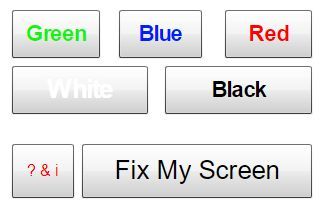
Should you discover a stuck pixel, click the Fix My Screen button and let the color flashing graphic run for a minute or two.
![]()
By triggering each pixel’s different sub-pixels, the graphic may massage a stuck pixel back into life.
3. Dead Pixel Buddy
The online tool Dead Pixel Buddy can help you run a quick dead pixel test, but it can’t fix an affected pixel.
Dead Pixel Buddy offers 12 colorful tiles to test for dead or stuck pixels. Click one of the tiles to fill the entire browser window with the respective color. Press F11 to go full screen, then cycle through the colors using the left and right arrow keys. When you’ve tested all 12 colors, press F11 again to leave full-screen mode.
![]()
If you do find a stuck or dead pixel, use UDPixel (above) or JScreenFix (below); those are tools that can fix a stuck pixel.
4. Online Monitor Test
This is a very thorough test not only meant to identify bad pixels but also powerful enough to test the quality of your monitor.
You can choose between three different modes to test your screen. This tool either requires flash (online version) or you can install it in the executable mode.
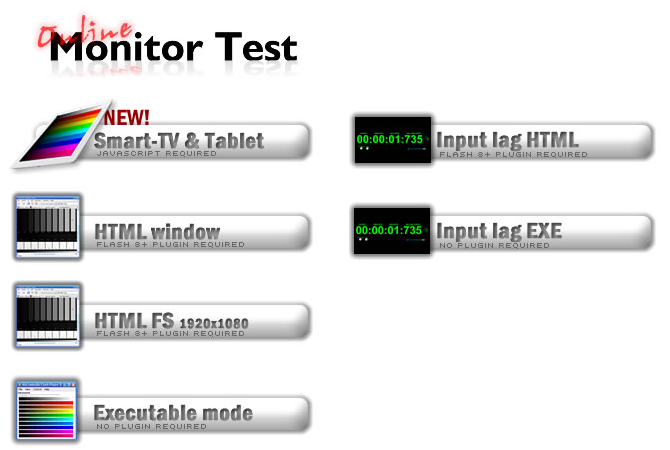
What you will need to just test for stuck pixels is the HTML window. Again, you’ll need to allow Chrome to run Flash. Toggle full-screen by hitting F11. Here is what you should see:
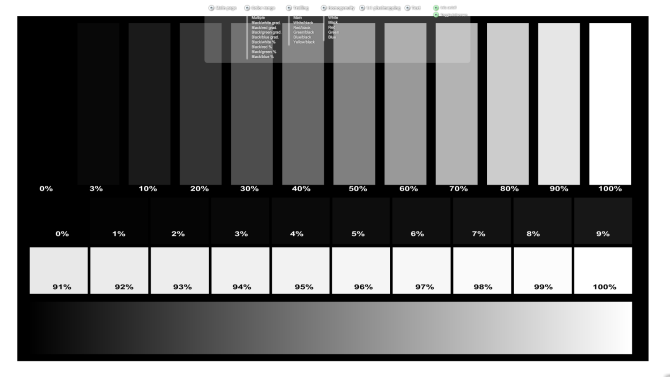
Move the mouse to the top of the test window and a menu will appear. There is an info window that you can turn off with a button in the top right corner of the menu. Then click on the Homogenuity test point and move through the three colors as well as black and white.
Fingers crossed you won’t discover anything out of the ordinary. In the unfortunate case that you do, you may find the following online tool helpful.
5. JScreenFix
JScreenFix won’t help you find a stuck pixel, but it can help you fix it. Just press the Launch JScreenFix button at the bottom of the page.
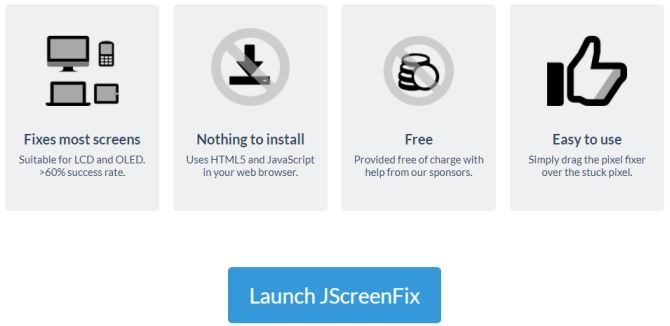
The tool will load a black browser window with a square of flashing pixels. Press the green button in the bottom right to go full-screen. Drag the flashing square to where you found the stuck pixel and leave it there for at least 10 minutes.
![]()
Manually Fix Stuck Pixels
Should none of these tools resolve your stuck or dead pixel issue, here is one last chance. You can combine any of the tools and the magic power of your own hands. There is a very good description of all available techniques on wikiHow. Another great step by step guide can be found on Instructables.
But let’s go through one technique real quick:
- Turn off your monitor.
- Get yourself a damp cloth, so that you won’t scratch the screen.
- Apply pressure to the area where the stuck pixel is. Try not to put pressure anywhere else, as this may trigger the creation of more stuck pixels.
- While applying pressure, turn on your computer and screen.
- Remove pressure and the stuck pixel should be gone.
This works because, in a stuck pixel, the liquid in one or more of its sub-pixels has not spread equally. When the backlight of your screen turns on, different amounts of the liquid pass through the pixel, to create the different colors.
All Pixels Report to the Screen
Should all of these approaches fail to fix your dead pixel warrior, at least you’ll now know it’s not simple to fix and the screen may indeed need to be replaced.
Don’t know what to do with your old monitor now? We have some ideas for you!
Read the full article: 5 Ways to Fix a Stuck Pixel on Your Screen

